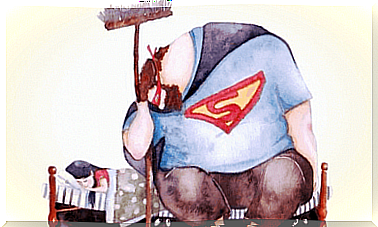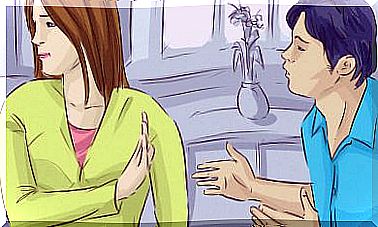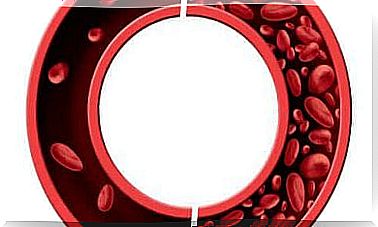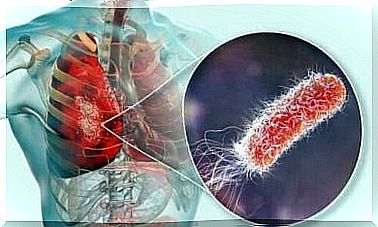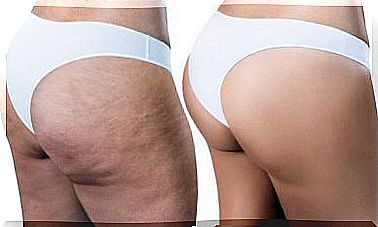Verruca Vulgaris: Characteristics And Treatment
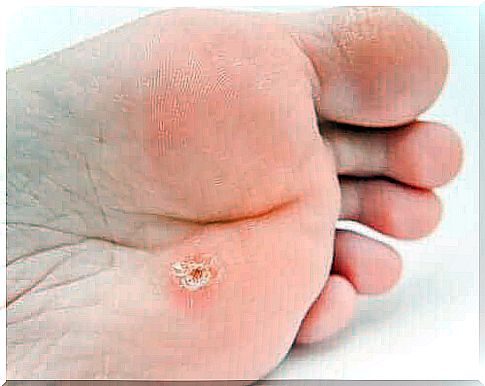
Verruca vulgaris is the result of a viral infection, caused by direct contact with the human papillomavirus . The virus settles in the first two layers of the skin – the dermis and the epidermis – but it never reaches the deeper layers.
The term “papilloma” refers to the infections caused by this virus. But when it infects the feet, the swelling is called verruca vulgaris. These come in different shapes and sizes, and depending on the size of the lesion, they can last for up to 8 months.
There are two different types of verruca vulgaris:
- One type is a single wart, which often increases in size. It can in rare cases multiply and form more, known as satellites.
- The other type of verruca vulgaris is mosaic warts. This is a group of several small warts that grow close together in the same area, and are more difficult to treat than solitary warts.
The symptoms of verruca vulgaris
The growth of warts is deep and slow. However, it gives rise to a number of signs and symptoms such as:
- Verruca vulgaris often resembles thickened skin, due to their thick and hard tissues.
- Pain when walking or standing.
- Small black spots often appear on the surface of the wart. This is the dried blood that remains in the capillaries.
Diagnosis of verruca vulgaris
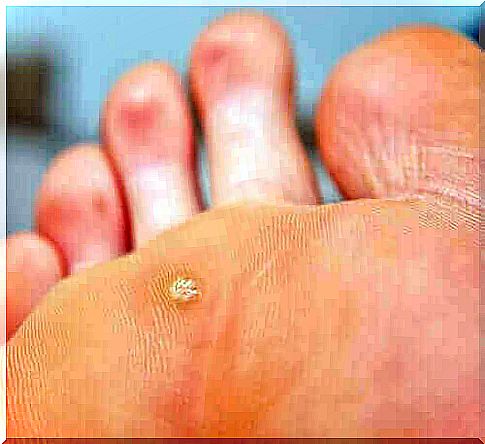
A doctor will examine a person’s foot to diagnose verruca vulgaris. The professional will squeeze the lesion to see if pain occurs during the examination. This is because verruca vulgaris hurts when this happens. However, it does not hurt to just put pressure on them. When a wart is coated with keratin, you may be bothered if you press on the area.
Another option for diagnosis is to cut the lesion with a scalpel, and look for signs of small dark spots. A dermatologist can also remove part of the lesion to perform a tissue test.
Treatments of verruca vulgaris
Most cases of verruca vulgaris are harmless and disappear without treatment. However, it often takes between one to two years. Nevertheless, it is common to have to repeat the treatment several times, until they disappear. Unfortunately, there is always a chance that they will reappear.
Furthermore, we will tell you about some of the treatment methods you can use to get rid of verruca vulgaris.
Exfoliation with salicylic acid
Salicylic acid treatments work by removing the wart layers little by little. They can also help increase the immune system’s ability to fight warts.
Cryotherapy
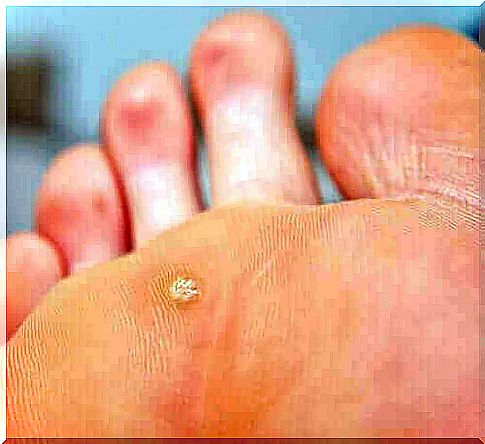
Freezing, or cryotherapy, is a form of treatment that is usually performed in a clinic. It consists of applying liquid nitrogen directly to the wart, with a cotton swab or spray.
After application, a blister will form around the wart. After a week, the dead tissue will fall off. In addition , cryotherapy can help strengthen the immune system.
Most likely you will have to repeat the treatment every two weeks, until the wart disappears. Some studies indicate that cryotherapy is more effective when combined with salicylic acid-based treatments.
Surgery and other treatment options
If the above treatments are not effective, a doctor may recommend one of the following procedures:
- Apply trichloroacetic acid to the wart with a wooden stick every week. Your doctor may choose to switch to using salicylic acid as well. Itching is a possible side effect of this treatment.
- A small operation, by cutting off the wart, or destroying it with an electric needle. This process is known as scraping, or electrodessication. Please note that scraping will leave scars and that this method is not used often, unless the other treatments are not effective.
- They can also use laser treatment with a pulsating laser, to scorch away the small closed blood vessels. Then the infected tissue will die over time, and the wart will fall off. You should repeat the laser treatment every three to four weeks. Keep in mind that this procedure is painful and may leave a scar.
As a complementary measure, remember that if pressure on your wart gives you pain, you can use padded footwear to relieve it. Also stay away from tight and uncomfortable shoes, and wear shoes with good support in the sole.

